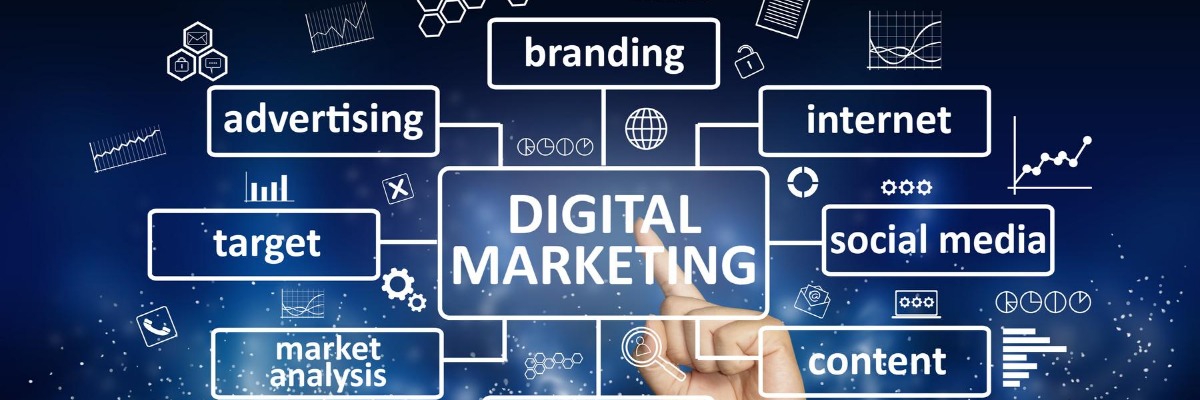Top Digital Marketing terms you should know in 2020

If you’re new to Digital Marketing or industry then you must have been looking for a way to improve your marketing vocabulary. And it is the best place where the whole marketing glossary is described in one place!!
The main purpose of explaining these terms is “what” and “why”. For example: What is Digital Marketing? And Why is it used?
Hope every reader will enjoy reading while going through these terms.
Here are the most important Digital Marketing terms we should know-
1.Lead Generation: In marketing terms, Lead Generation is the customer ‘s inquiry or consumer interest in the service you are providing or products you are selling.
2.Landing Page: It is a standalone web page, particularly created for marketing or advertising campaigns. It’s where a visitor “lands” after they click on the link from an email or search engines-Google/Bing or through social media-Facebook/Twitter/Instagram or from YouTube. Landing page should be related to your ad that clicks to it, for example, if your ad prompts the user about your location then the landing page should be the “Contact us” page.
3.Impressions: Impression in Digital Marketing sometimes referred to as an ad view. Is the point ad loaded on a web page? As soon as the ad is loaded, the viewer views that ad and it is called Impression.
One Impression = One view.
If a person views your ad one time then that is considered as one impression. And if the same person sees your ad multiple times then it is counted as multiple impressions.
4. Influencer : An influencer is a person who has the power/influence to affect the purchasing/choosing decisions of others. This decision making depends on certain factors like their knowledge, authority, position, or relationship with their audience.
5.Clicks: A click is as simple as “a mouse click”.
Once a user views your ad(called an impression), maybe he clicks on that ad to go on the landing page.
6.Conversions: Conversion means when a viewer to your website completes a certain goal. It means any type of action you want your user should take after reaching on your website page, action can be,
- Signing up for your eNewsletter
- Filling out user detail form
- Making an online purchase
7.Conversion Rate: The % of total visitors that Converts is called your conversion rate.It is an important marketing metric.
8.PPC: Pay per click
In the Digital Marketing advertising model, marketers place their ads on the ad platform and pay a fee to the host of that platform every time their ad is clicked.
9.CPC: Cost per click
It refers to the actual price you should pay for each click in your PPC marketing campaigns.
10.CPA: Cost per acquisition/action
In the Digital Marketing advertising model, the advertiser pays for a specified acquisition/action.
Here acquisition can be sign up form, sale, download, etc. Generally “Submit” button click is considered as action because the user clicking on the Submit button indicates advertiser as a real lead.
11. CPM: Cost per mile (Cost per thousand impressions)
mile = 1000 here
It is the cost an advertiser pays for one thousand impressions.
12.CTA: Call to action
Call to action is the immediate response/action from the person reading or hearing your content.
Common Call to action words are
Register, Sign up, Download, Share
13. CTR: Click-through rate
CTR is the percentage of people who clicked your ad from the total impressions.
Achieving a high CTR is essential to your PPC success, as it directly affects both quality score and how much advertisers pay every time someone clicks on your ad.
14. ROI: Return on investment
ROI measures the gain or loss generated on an investment relative to the amount of money invested. It is usually expressed as a percentage and is used for personal financial decisions.
ROI = (Net Profit / Cost of Investment) x 100
15. Remarketing: It is the process of reconnecting with your website visitors who haven’t achieved desired/required action. It enables marketers to target visitors with new ads that will make them more likely to convert.
Desired actions are signing up for form or buying a product.
 Previous Post
Previous Post